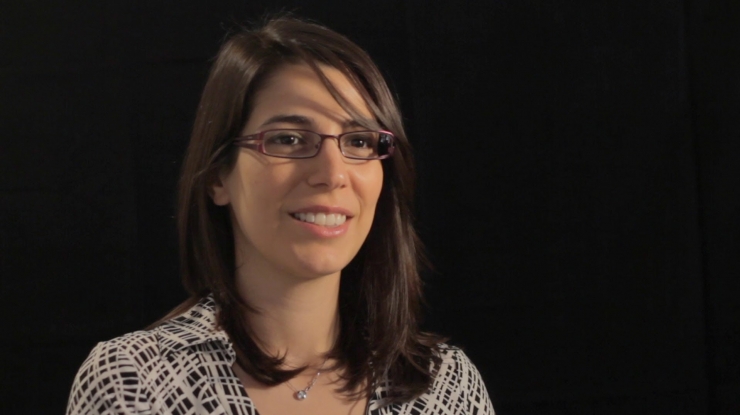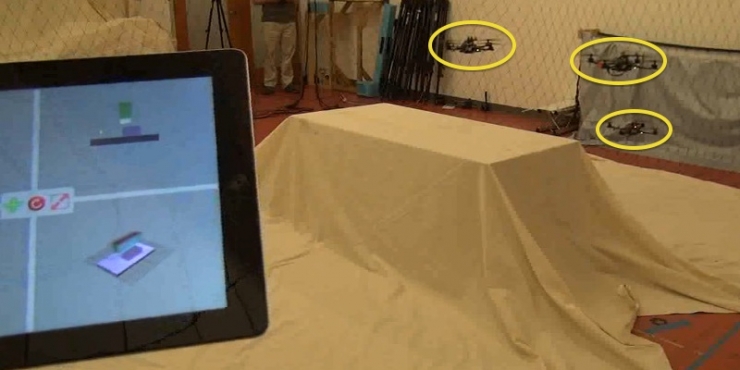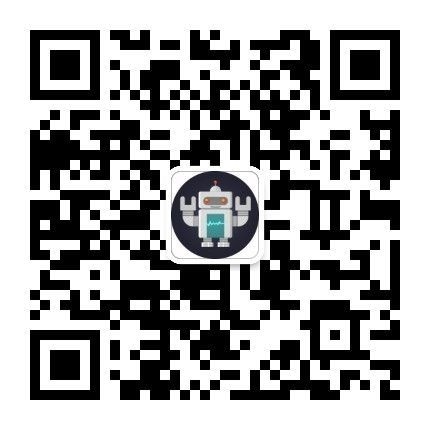Robots should be called "they" and not "they". This is my motivation. Â
Nora Ayanian, 34, is an assistant professor of computer science at the University of Southern California and the director of the "Automatic Machine Coordination Laboratory" at the University. On August 23, United States local time, MIT Technology Review released the list of the 16th TR35, the list of 35 young innovators in the world under the age of 35, and Ayanian was listed on the list.

In this TR35 list, the candidate elites are leaders in terms of creativity, perseverance, and management capabilities. Their fields of innovation involve medical care, energy, computers, and advanced electronic devices. Their careers include start-ups and R&D. Institutions and corporate giants can be said to be leaders in their field. This list is divided into five categories: Visionaries, Inventors, Entrepreneurs, Pioneers, and Humanitarians. Nora Ayanian was named one of the "visionaries," but her robotic research is also worthy of this title.
Robots should cooperate to complete the taskAyanian graduated from Drexel University’s School of Mechanical Engineering in 2005, followed by further studies in mechanical engineering at the University of Pennsylvania, where she received master's and doctoral degrees. She then moved on to MIT Computer Science and Technology. Artificial intelligence laboratories have gained valuable postdoctoral work experience. So far, Ayanian hasn’t left the research related to robots for the entire learning career. For more than a decade of machine research, she has very unique insights about robots.
Her core ideas for robot development have always been:
The robots should cooperate to complete the task. For example, a farmer uses multiple drones to automatically monitor crops and collect soil samples. When drones are working, farmers can't give the same instructions to every drone, because each drone has different tasks. This problem needs the cooperation of machines to solve. At present, only humans can form teams, accommodate diverse members, and collaborate to complete a complex task.
Robots that work together and coordinate with each otherAyanian started research on robotic collaboration when she was a Ph.D. student, and placed her research results in a dissertation: "Cooperation between teams and groups of multi-robots in a restricted environment: models, abstractions, and control strategies."
Ayanian said when studying this topic, robots will increasingly invest in dangerous environments in the future, assisting humans in the search and rescue, investigation and other tasks, and even replace humans. However, the actual situation is that in most cases, these machines are mainly controlled by humans. The performance of the robot depends on the control signals, the coordination ability of the operators, and the like, which leads to the robot's perception and strain in extreme environments. Impaired ability.
Therefore, in these unique tasks, robots need to form a group and conduct autonomous and complex teamwork.
In order to study this topic, Ayanian cooperated with robots by researching human cooperation. One way to do this is for experimenters to play simple computer games, but limit their perception and communication so that they can find effective collaborative methods to accomplish tasks. Ayanian wanted to figure out how people use the least possible information to accomplish their tasks. By comparing humans, Ayanian built a model of a "space cooperation" robot group, tested these robots, allowed them to perform their own tasks under simple tasks, and interacted with other robots without interference. 
For Ayanian's research, some people raised a question:
Why not create a lead robot to supervise other robots, dispatch tasks for them, or centralize all the robots into one system for unified management? This will make the coordination of the entire robot group easier.
However, Ayanian believes that this approach does not enhance the collaborative ability of the robot group and increases the risk of the entire group of robots.
If the lead robot is dead or dead, the entire robot army will fall apart. The probability of this happening in extreme circumstances is very high. But distributed and diversified robot teams can always do better and more reliable in solving problems.
In 2013, Ayanian came to Santa Monica, California, and entered the University of Southern California as an assistant professor of computer science and continued her research here.
Later, in the "Mic50 Honoree" award issued by Mic Fifty, Ayanian was honored to be included in the list. When interviewed by the list, Ayanian stated that her research has already achieved preliminary results. She hopes that in the next five years, Can successfully use her research in business.
Robots and AI technology can make people's work and life easier. This is undoubtedly a matter of course, but also the future direction and lifestyle of people. However, most of the current researches are on the intelligence of individual robots, but there is no major breakthrough in collaborative work. For robots, especially where multiple robots need to collaborate, we hope that they will be able to integrate themselves into the entire robot team and deal with different parts of the problem in a complex task. And our current research has designed a solution from the terminal to the terminal, using advanced algorithms to make robots work together more easily and easily.
Don't worry about "AI threats"
Ayanian UAV Cooperative Research
Ayanian has conducted research on drone cooperation with several institutes in the V. Kumar laboratory. According to the PPT presentation by Mr. Kumar at the CCF-GAIR conference organized by Lei Feng.com, we can see that robot coordination is very mature at present. At least in the direction of drones is very mature. Ayanian's research is obviously more advanced than the current single artificial intelligence method, but it also gives rise to a bit of worry: Such progress involves the "bots threatening humanity" cliché.
For this issue, Ayanian stated that we do not have to worry about robots taking over and destroying humans.
This is a misunderstanding of the universality of AI, especially those people who are not familiar with AI or are not engaged in the AI ​​industry. The fact is that the human brain is complicated, fascinating and mysterious. We do not yet know how to fully infuse the cognitive capabilities of the human brain into the machine, but I do not think it will happen in my lifetime.
However, although the robots we build cannot be as conscious as humans, we can allow them to have simple capabilities to make them an alternative "animal," and AI will still change people's lifestyles, so we should continue to study them. . When robots can independently assume their work responsibilities and cooperate autonomously, this will bring earth-shaking changes to our lives.
Xinzhi created the public number of the robot under the leadership of Lei Feng Network (search for "Lei Feng Net" public number) . We are concerned about the status quo and future of robots, and related industries combined with robots. Interested friends can add micro signal AIRobotics, or directly scan the QR code below to follow!
